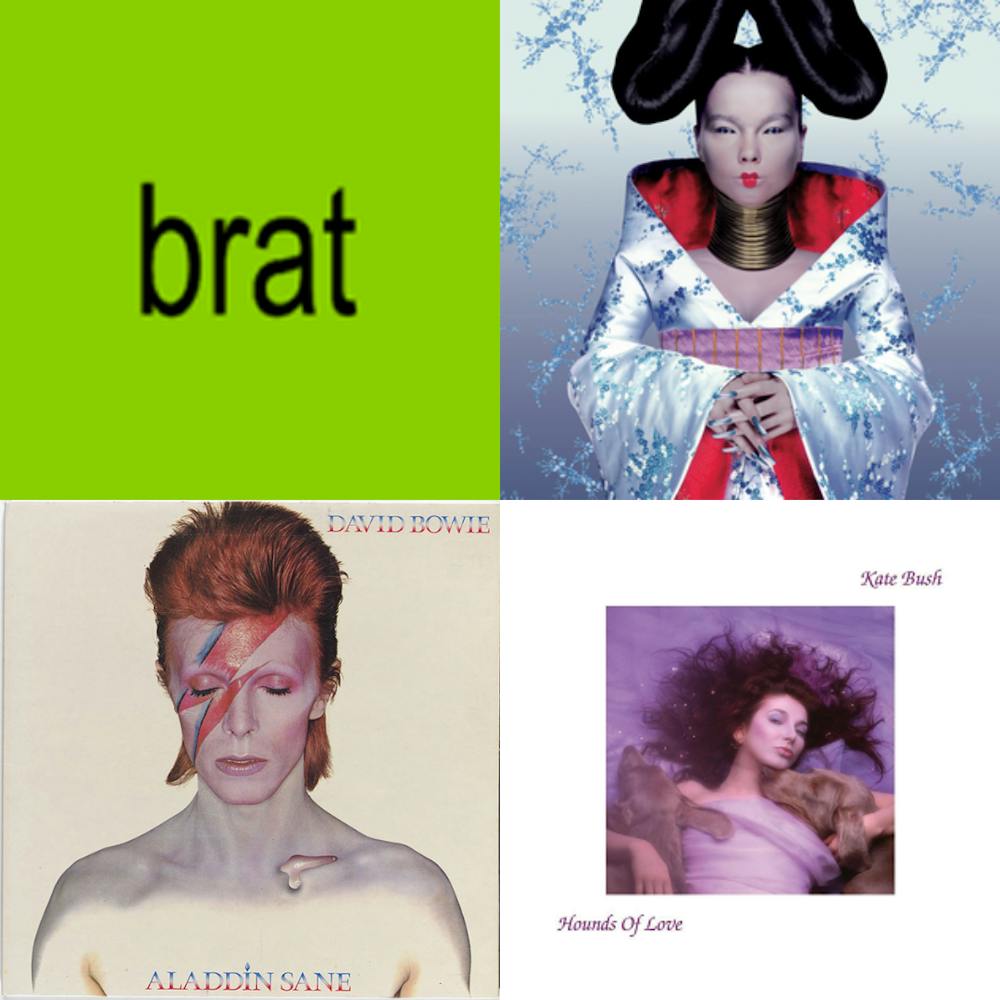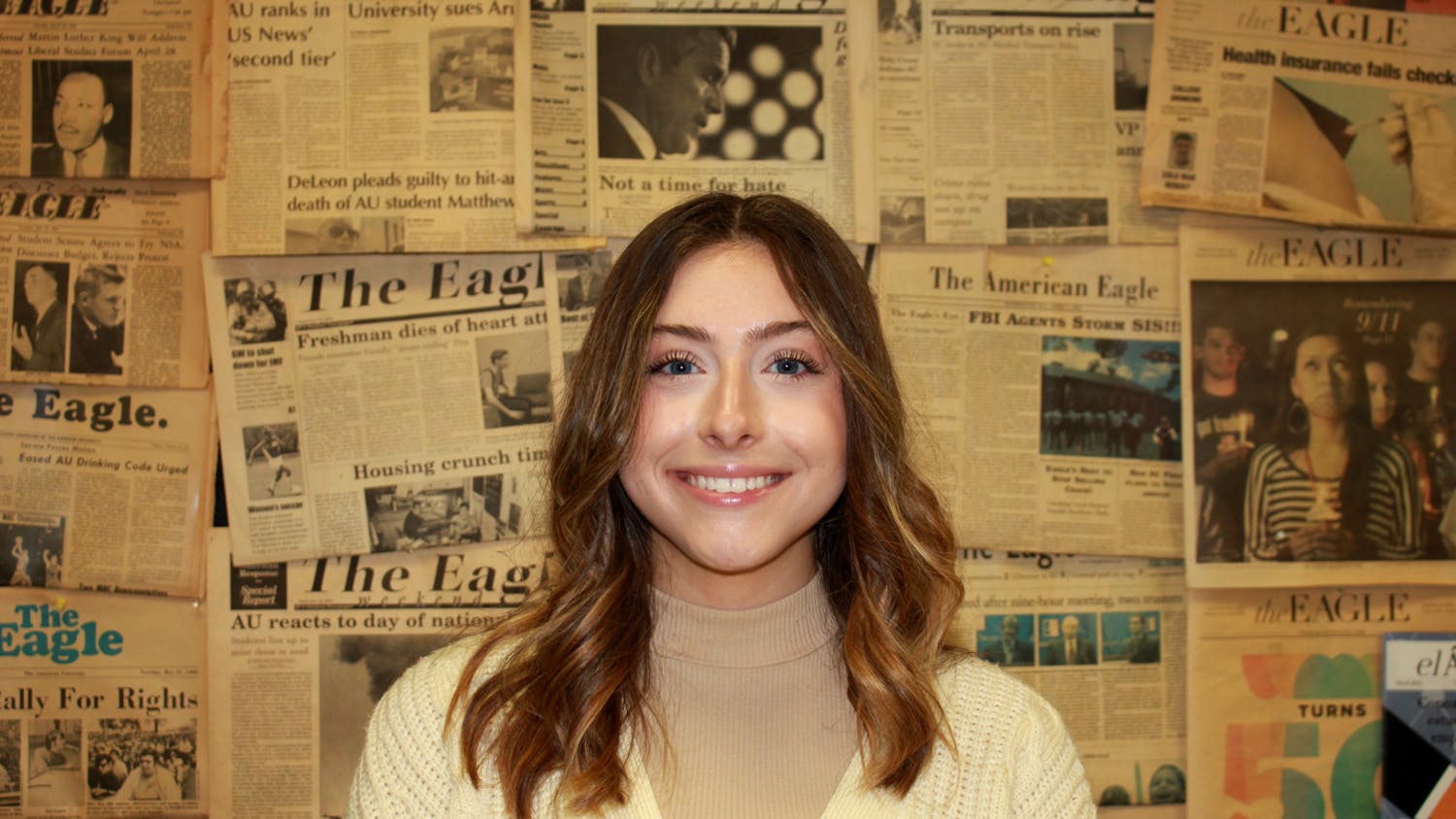The phrases “thought daughter” and “brat summer” may ring a bell for adolescents with access to social media, and so might the names Fiona Apple and Lorde, who are art pop artists widely known for their progressive sound and tear-jerking lyrics.
Art Pop is everywhere, but it’s deeply rooted in the social movements and ideological shifts of generations that came before today’s hits.
A blast to the past
The genre’s roots are in the work of influential artists like David Bowie, Björk and The Beatles. Art Pop comes from the interpretations of art theories and subversion of the pop sound, drawing inspiration from different pop culture influences, like film, theater and literature, and the nearly synonymous art genre, Pop Art.
The phrase “Art Pop” was coined by famed critic Robert Christgau, who described the rising genre as “when a fascination with craft spirals up and in until it turns into an aestheticist obsession.”
Popularized in the ‘60s in Britain by artists like John Lennon and Bryan Eno, a few among many who pioneered the use of pseudo-symphonic textures, upcoming Art Pop artists reportedly took creative inspiration from their past studies at art school as an escape from the confines of social expectations of the youth working class.
In the United States, Art Pop spread through the sound of nomadic singer-songwriter Bob Dylan and the outspoken counterculture of the Beatnik generation, yet another movement to channel the rebellion and angst that characterized the 1960s.
Other subgenres that fall under the “progressive sound,” including Art Pop, considered themselves above the conventional pop sound and lyricism and referred to themselves as composers rather than performers.
Art Pop was unusual at the time because it blended the concepts of high and low culture, another effort of ‘60s progressive movements to abolish deep-rooted aristocracy.
Art Pop is highly experimental and avant-garde. In simple words, it was weird, creative and eventually cool.
Modern Art Pop
Art Pop never lost its strange appeal and sound of synthesizers and electric guitar as time went on. The genre’s popularity continued into the 21st century and arguably peaked during the 2010s, with hits like “Dance Yrself Clean” by LCD Soundsystem in 2010 and “Space Song” by Beach House in 2015, although some refute that the golden age of Art Pop still remains in the 1970s.
With the help of popular social media platforms like TikTok, Art Pop artists like Charli xcx and Billie Eilish have made their way into the pool of mainstream music, altering the previously held idea that Art Pop should be kept off the radio.
Despite the backlash from some Art Pop musicians, the genre has led to the success of many alternative artists in mainstream media. So, what’s next?
This article was edited by Jessica Ackerman, Marina Zaczkiewicz and Abigail Turner. Copy editing done by Luna Jinks, Charlie Mennuti and Emma Brown.





